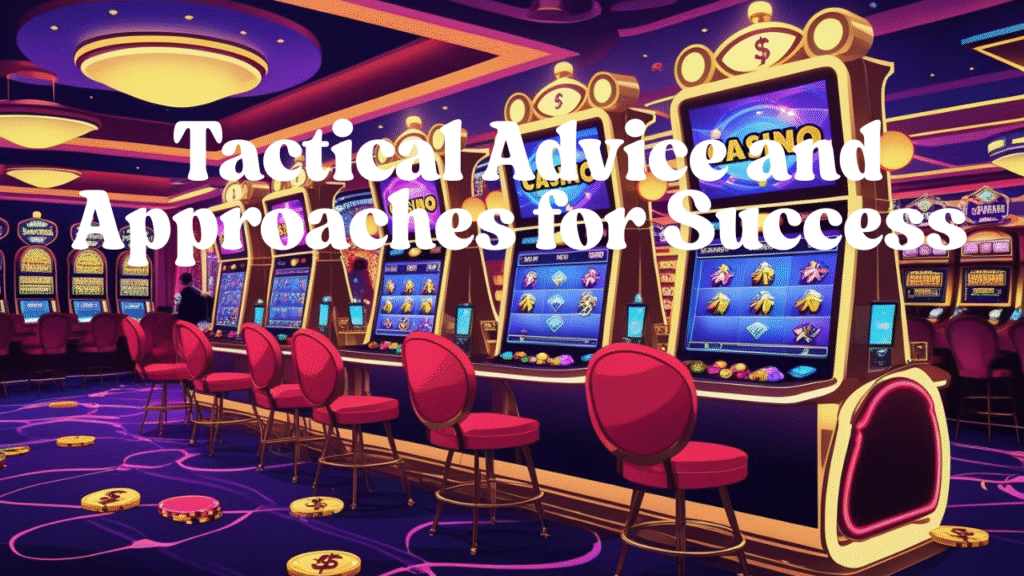One based in reason, patience, and pure strategic thinking, FreeCell is a refreshing variation in a digital age full of fast-paced action games and quick pleasure. Often disregarded, this traditional patience variation is a potent brain workout masquerading as leisure.

Knowing how to play FreeCell game can let you access hours of concentrated, satisfying gameplay if you’re looking for a game that combines systematic play with cerebral challenge. Designed to teach you to the rules, procedures, ideas, and value of FreeCell—all customised to help you enhance your game and sharpen your mind—this blog acts as a thorough, orderly, professional guide.
Describes FreeCell:
Played with a conventional 52-card deck, FreeCell is a solitaire-based card game. Unlike traditional Solitaire, practically all original freecell games are winnable—that is, given the right moves. Its unique feature is that every card is dealt face-up from beginning, therefore enabling participants to view every conceivable action right from start. This makes the game environment where strategy dominates luck.
- The configuration calls for:
- There are eight Tableau columns, the main playing space.
- Four free cells are temporary card holding areas.
- 4 Foundation piles: Where, by suit, Ace to King’s final accumulation of cards is found.
5-Step Guide on Free Cell Game Play
First step: Know the goal.
FreeCell aims to build all four suits—hearts, diamonds, spades, and clubs—in ascending order from Ace to King in the foundation piles.
Why it matters: Every choice you make in gameplay is shaped by knowing your ultimate goal. Move with intention rather than aimlessly flitting cards about.
Second, understand the function of free cells.

The four Free Cells in the game serve as transient storage. One card at a time, each cell lets you be more flexible in manoeuvring sequences.
Pro Tip: Make limited use of Free Cells. See them as instruments for handling difficult situations, not as disposal sites.
third step Giving Moving Aces and Twos top attention should come in third stage.
Look for free Aces and Twos early on in the game. Move them to the foundation right away to start creating suit towers.
Insight: You will have more possibilities to find and reposition important cards later the sooner you set foundation stacks.
Fourth step:, when at all possible, clean tableau columns.
An empty tableau column can transform a game. It allows you to change sequences temporarily and handle bigger card portions.
Advanced Strategy: Your options are more expanded if you can early clean a column and reshuffle Kings or extended descending sequences.
Step Five: Consider Many Steps Ahead
freecell game is a game of planning since all cards are seen. Ask yourself before you act:
will this block a vital card?
Is my use of a free cell absolutely pointless?
Does this open more choices later on?
Reacting without considering results in gridlock. FreeCell pays players who can see the board three or four moves ahead.
Tactical Advice and Approaches for Success

- Preserve equilibrium between free cells and tableau.
- Using Free Cells liberally is appealing; but, using them too soon will paralyse your game. To guarantee movement, always leave at least one Free Cell available.
- Create Wisely Desceding Sequence
- Build sequences in reverse order and alternate colors in tableau columns. Except for using Free Cells or empty tableau spaces to move several cards, only the bottom-most card in a sequence can be moved.
- Undo Is a Tool for Learning
- Although purists would steer clear of it, hitting the undo button will assist you to see the effects of your choices and strengthen your strategic orientation.
Why FreeCell Is a Powerhouse for Brain Development
Several research in cognitive science point to games including planning, pattern recognition, and logical sequencing—like FreeCell—as improving executive function and working memory.
Regular freecell online io play helps:
- Focus and attention to detail
- analytical thought
- The speed of decision-making
- Long-term recall from memory
- freecell spider is one of the unusual games that are fun and psychologically good at once as unlike most entertainment it provides active participation.
Commonly asked questions, or FAQs how to play freecell game
Q1.Can one win every FreeCell game?
A practically every FreeCell game is solvable—statistically above 99%. Still, success depends on moving in the right direction.
Q2: Does FreeCell lean more towards luck than skill?
A: aptitude. All cards are visible from the beginning, hence your capacity to plan, forecast, and execute almost determines success practically totally.
Q3: An average game lasts what length?
A novice should spend 10 to 20 minutes each game. Usually running five to eight minutes, seasoned players
Q4: Exist any variants of FreeCell?
A: Absolutely. Some sites feature modified layouts, extra Free cells, or multi-deck variants. Still, the basic gameplay is constant.
Q5: Can children use FreeCell?
A: Indeed. It lessons sequencing, patience, and logical thinking. This is a family-friendly game good for all ages.
Last Words: FreeCell as a Road towards Mental Mastery
Learning to play FreeCell is an investment in your cognitive health, not only a means of entertainment. FreeCell is ideal for everyone trying to relax while still mentally active because of its low barrier to entrance and high ceiling for skill development.
Mastery takes time. It’s the result of strategic learning, ongoing experimentation, and improving your approach every game. As you build your confidence, you’ll begin to recognize FreeCell for what it truly is: a mental gym that fits in your pocket.

Thus, play not only but also with foresight, strategy, and intent. The rewards, both in wins and wisdom, are worth every calculated move.
Knowing how to play FreeCell today will help you to start your road towards strategic mastery from your first action. Make it count.


